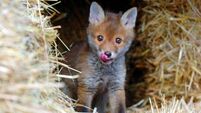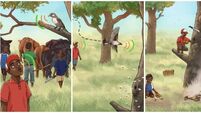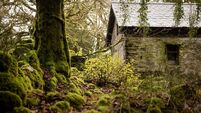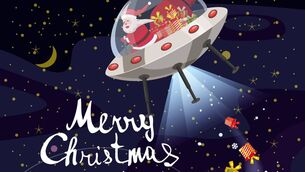Anja Murray: Connect with nature's frog routes and polka-dot newts with new book
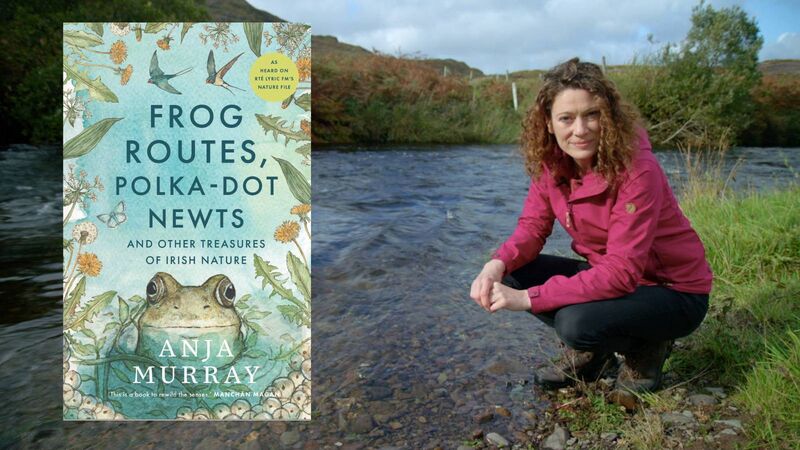
Frog Routes, Polka-Dot Newts and Other Treasures of Irish Nature by Anja Murray is out now
Sometimes 'being connected' is all about who you know and what they can do for you. The concept has become tainted by brazen business deals and parochial politics. But in the purest possible way connections are also at the heart of a new nature book out now.
The connections examined and celebrated in are the connections between everything from microscopic organisms to fungi, birds and butterflies — and ourselves too.




